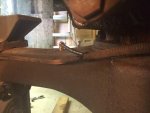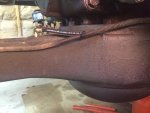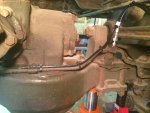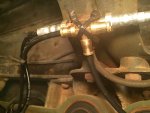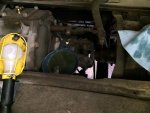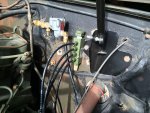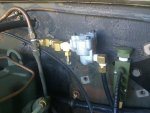rtadams89
Member
- 209
- 3
- 18
- Location
- Phoenix, AZ
I have seen the numerous threads about these valves and the solutions to ones that stick. Most of the threads seem to end with a discussion of replacing the valves with tubing that runs to somewhere like the air intake. This is a great idea and probably where I will end up, but I have a specific question about an alternative option which I have not been able to find an opinion about. I have found a number of places that stock sintered bronze breather valves (example from Amazon: https://www.amazon.com/PneumaticPlus-BVS-18-Sintered-Bronze-Breather/dp/B005OOA6GU) at a price of roughly $1/valve. These claim to let air pressure equalize but prevent debris from passing. Will these types of breathers keep water out? Will these provide at least an equal level of performance and protection as the stock axle bleeder valves?



